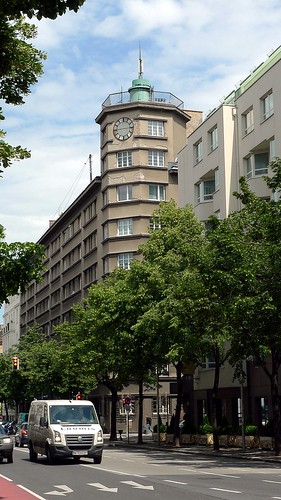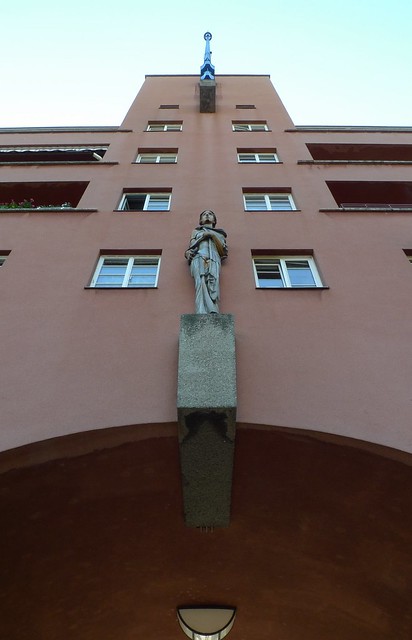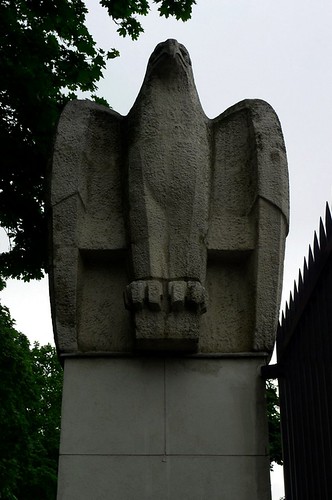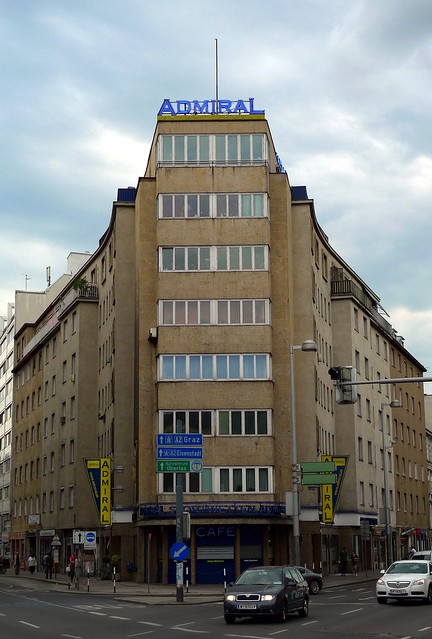The constructivist opera theater designed by Vladimir Shchuko & Vladimir Gelfreich was completed in 1935. The building is purposely shaped like the Caterpillar tractor (a kind of homage to the local tractor works).
Elaborate set of rotating stages provided unprecedented freedom to producers and designers, even allowing live cavalry marches on stage. Despite award-winning exterior and plans, Rostov theatre was never used for its intended purpose: poor acoustics rendered it useless for music, and it has not produced a single opera show. It was destroyed in World War II and rebuilt in 1963; this time, the main hall was reduced to 1,200 seats but acquired proper acoustics.
Image © Vadim Anokhin






























